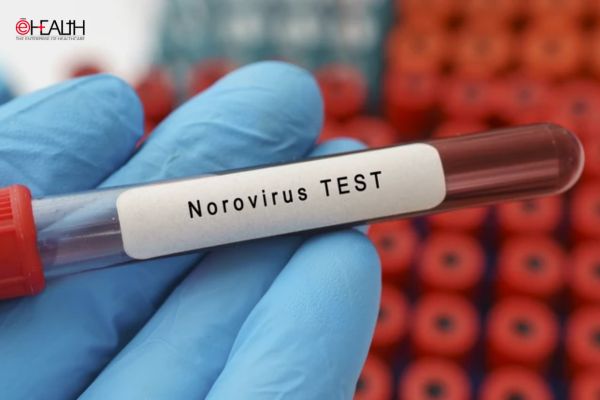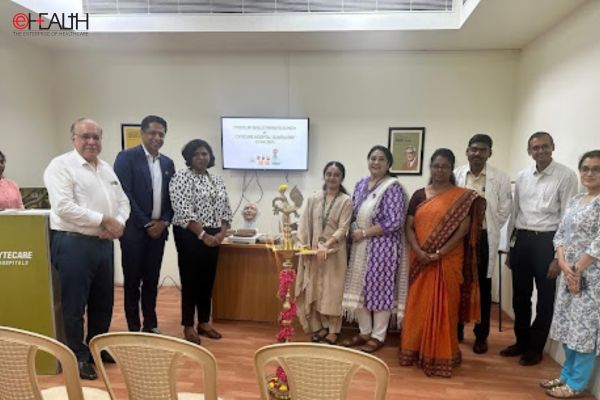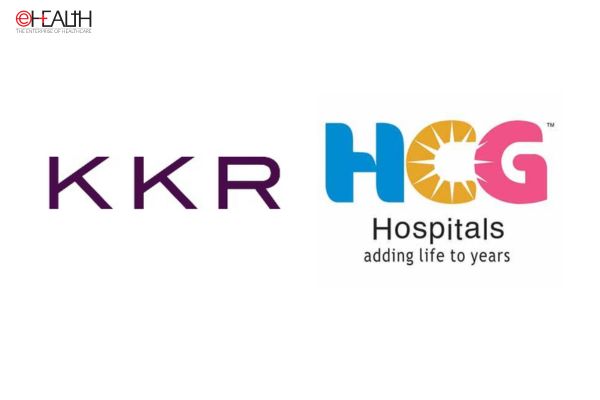
The United States is witnessing a sharp rise in norovirus cases, with the Centers for Disease Control and Prevention (CDC) reporting 91 outbreaks in the first week of December, up from 69 the previous week. This marks the highest surge in early December recorded in recent years. While norovirus outbreaks are common during the colder months from November to April, the recent spike has health officials urging increased vigilance and prevention efforts.
Norovirus, often referred to as the “winter vomiting bug,” is a highly contagious virus causing acute gastroenteritis, which leads to severe vomiting, diarrhea, and dehydration. It spreads through contaminated food, water, surfaces, or close contact with infected individuals. Certain high-risk groups, such as young children, older adults, and immunocompromised individuals, are particularly vulnerable to severe symptoms.

Origins and Transmission
The virus was first identified in Norwalk, Ohio, in 1968, and has since been recognized as a leading cause of foodborne illnesses globally. In the United States, norovirus accounts for approximately 58% of all foodborne infections annually. The consumption of raw shellfish, such as oysters, poses a notable risk, as these filter-feeding organisms can harbor the virus.
Challenges in Treatment
There is currently no specific antiviral treatment for norovirus. Supportive care, including hydration, is critical, particularly for severe cases. Diagnosis involves detecting viral RNA or antigens, but antibiotics are ineffective against this viral infection.

Implications for the Indian Healthcare Sector
Although no major norovirus outbreaks have been reported in India recently, the situation in the US underscores the importance of preparedness. Given India’s densely populated regions and varying levels of sanitation, the spread of norovirus could pose significant public health challenges. The Indian healthcare system can take proactive measures to prevent and manage potential outbreaks:

- Public Awareness Campaigns: Educating the public about the importance of hygiene, safe food practices, and early recognition of symptoms can reduce the spread.
- Enhanced Surveillance: Monitoring cases of acute gastroenteritis and strengthening diagnostic capabilities can help detect norovirus outbreaks early.
- Training Healthcare Professionals: Training programs for healthcare providers to manage dehydration and related complications can improve patient outcomes.
- Food Safety Regulations: Enforcing strict food safety standards, especially in the seafood industry, can mitigate risks associated with contaminated shellfish.
- Community-Based Interventions: Leveraging ASHA workers and local health volunteers to disseminate information and monitor communities for symptoms can aid in early containment efforts.
Call to Action
The Indian healthcare sector, in collaboration with the government, must prioritize preventive measures, especially in light of global trends. Enhanced focus on sanitation, food safety, and public health awareness can safeguard the population and mitigate the risk of norovirus outbreaks.
By staying vigilant, India can turn this global health concern into an opportunity to strengthen its preparedness and resilience against highly contagious diseases.
Be a part of Elets Collaborative Initiatives. Join Us for Upcoming Events and explore business opportunities. Like us on Facebook , connect with us on LinkedIn and follow us on Twitter , Instagram.
"Exciting news! Elets technomedia is now on WhatsApp Channels Subscribe today by clicking the link and stay updated with the latest insights!" Click here!















